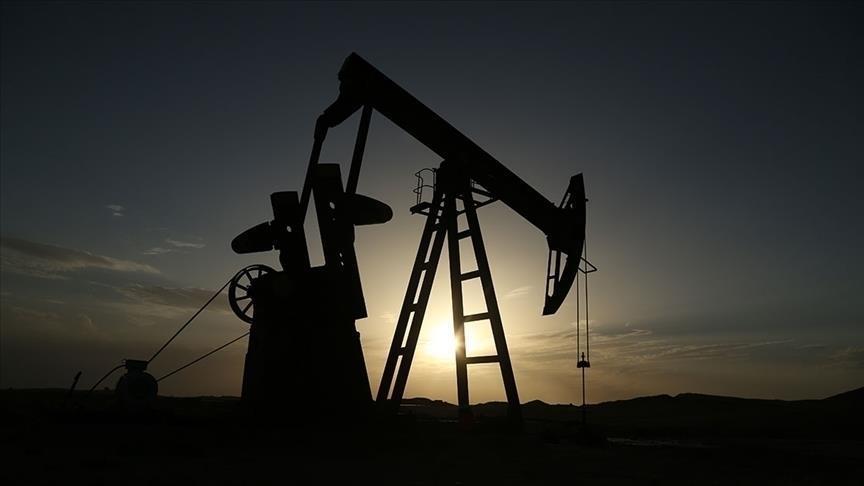Growth in the world’s demand for oil will slow almost to a halt in the coming years, according to the medium-term report of the International Energy Agency (IEA) released on Wednesday.
High pricing and security supply concerns highlighted by the global energy crisis, hastening the transition to cleaner energy technology, can be cited as factors for the decline.
Based on prevailing government policies and market trends, the report predicts that global oil demand will rise by 6% to reach 105.7 million barrels per day (bpd), supported by strong demand from the petrochemical and aviation sectors between 2022 and 2028.
However, despite this cumulative increase, annual demand growth is expected to fall from 2.4 million bpd this year to just 0.4 million bpd in 2028, putting a peak in demand in sight.
According to the report, the use of oil for transport fuels is set to decline after 2026 as the expansion of electric vehicles, the growth of biofuels, and improved fuel economy reduce consumption.
‘The shift to a clean energy economy is picking up pace, with a peak in global oil demand in sight before the end of this decade as electric vehicles, energy efficiency and other technologies advance,’ Fatih Birol, IEA executive director, was quoted as saying in the report, while urging oil producers to catch up with the changing energy environment by making their investment decisions accordingly.
– Global upstream investments to increase
‘Global oil markets could tighten significantly in the coming months, as production cuts by the OPEC+ alliance temper an upswing in global oil supplies. However, the multifaceted strains on markets look set to ease in the following years,’ the report said.
Global upstream investments in oil and gas exploration, extraction and production are expected to increase 11% year-on-year to $528 billion in 2023, hitting their highest level since 2015. The impact of higher spending will be partly neutralized by cost inflation. If sustained, this level of investment would be adequate to meet the predicted demand by 2028.
The IEA predicts that major oil producers will maintain their plans to expand capacity while demand growth slows, which might result in a spare capacity cushion of at least 3.8 million bpd, concentrated in the Middle East.
Nonetheless, the report also notes a number of factors that could affect market balances over the medium term, such as uncertain global economic trends, the direction of OPEC+ decisions and China’s refining industry policy.
Led by the US, Brazil and Guyana, oil-producing countries outside the OPEC+ alliance dominate plans for increasing global supply capacity by 5.1 million bpd until 2028.
Saudi Arabia, the UAE and Iraq lead the plans for capacity building within OPEC+, accounting for 0.8 million bpd of net capacity gains between 2022 and 2028. African and Asian members, however, are set to struggle with continuing declines and Russian production falling due to sanctions.

